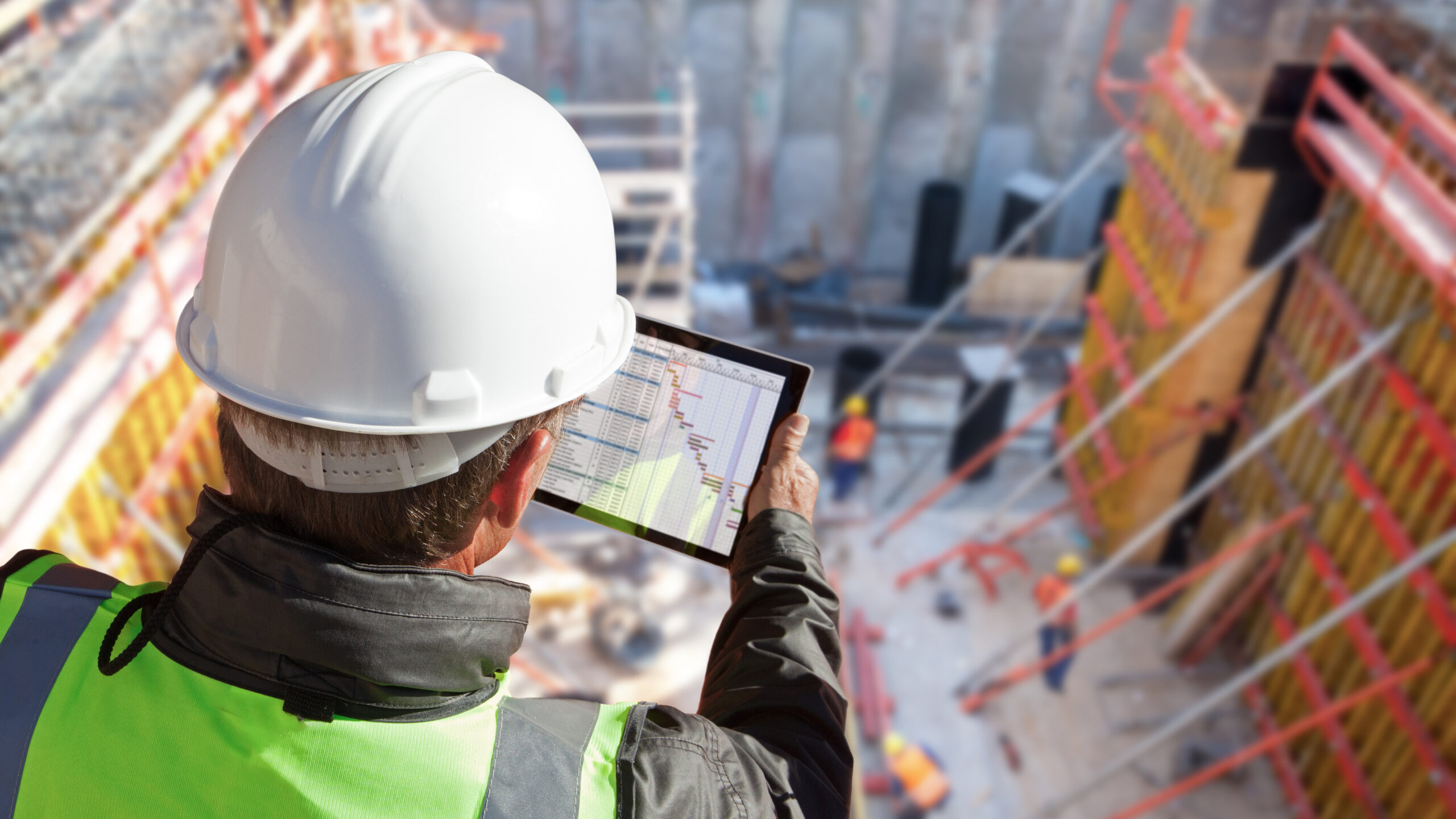If you’ve noticed that your parking lot looks a bit rough, with cracks or standing water, it may be time for resurfacing. Resurfacing can extend the life of your parking lot and prevent damage to vehicles.
Preparation for Resurfacing
Before resurfacing, all structures on the lot, such as wheelchair ramps and speed bumps, must be removed. Utility structures for wires and pipes will also need to be addressed.
When to Resurface
Parking lots deteriorate over time due to regular use and weather conditions. A new parking lot typically lasts about 25 years. If the asphalt is just dull and dry, replacing the sealcoat might be enough. However, if the base layer is compromised, resurfacing is necessary. Resurfacing involves filling in blemishes and applying a new coat, but if the foundation layers are worn, repaving is the only option.
How Resurfacing Works
Resurfacing involves deploying a new asphalt layer, which can be cost-effective. The process includes cleaning the lot and leveling new asphalt. Hot asphalt is injected to mold the lot into shape. Additional services like leveling binders and geotextiles may be offered to improve the lot’s durability and effectiveness.
Comprehensive Paving and Concrete Services
For serious parking lot issues, it’s crucial to get resurfacing services as soon as possible to prevent further damage and higher costs. Steady Solutions is dedicated to providing quality services, including asphalt repair, parking lot striping, concrete maintenance & coating, and more.




